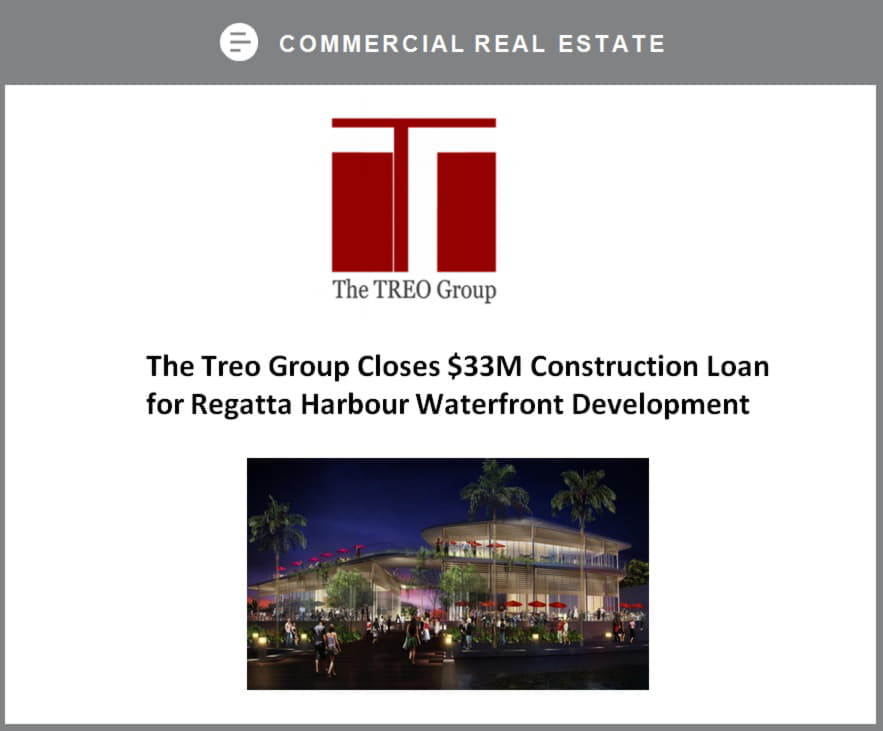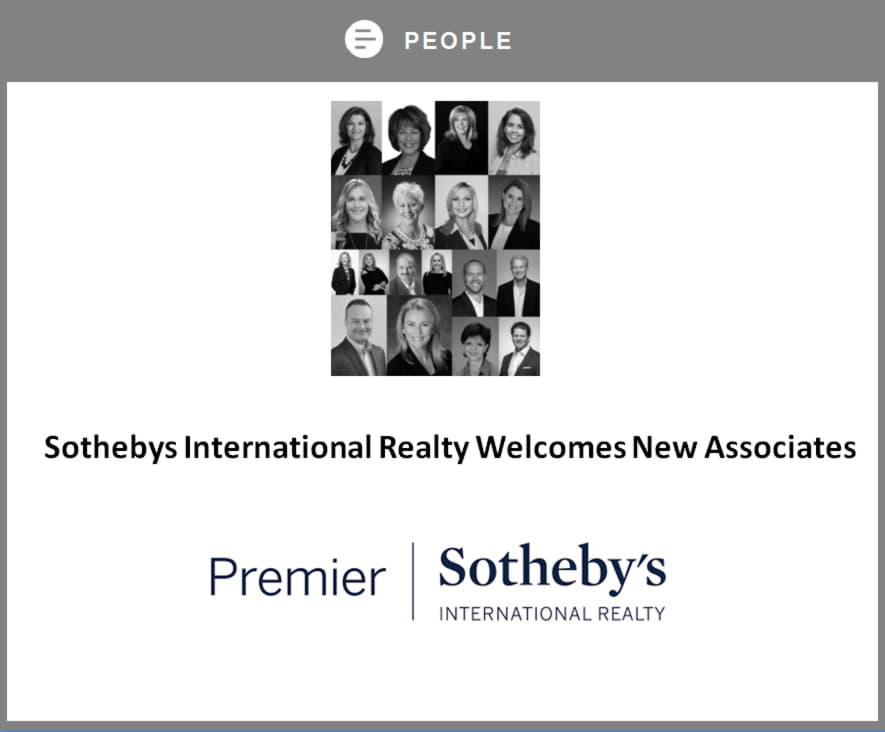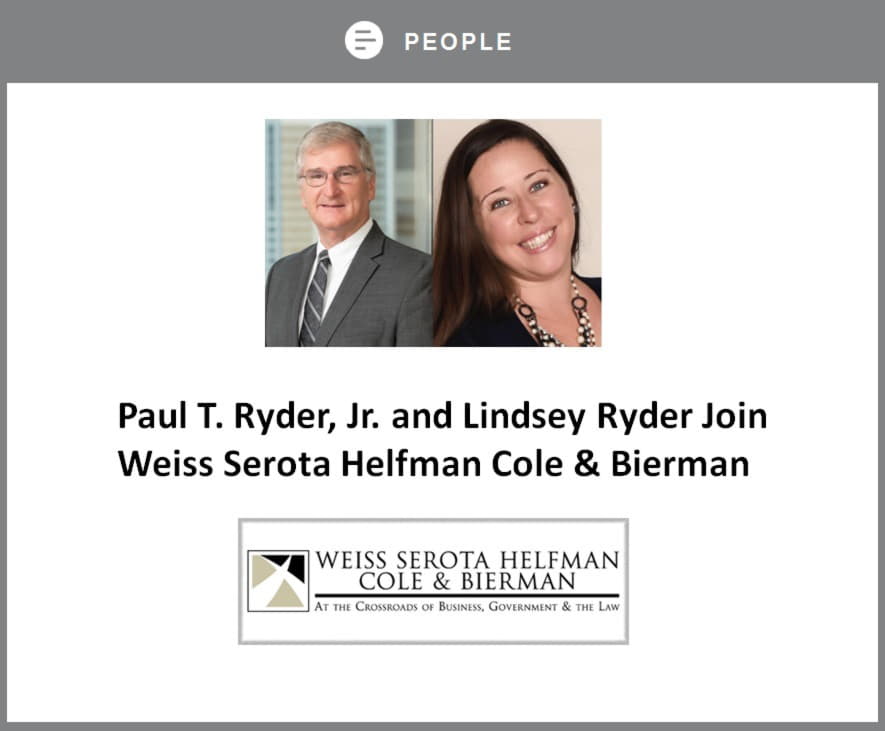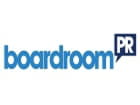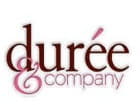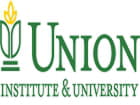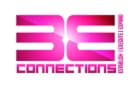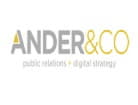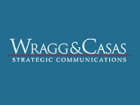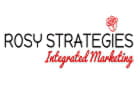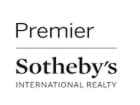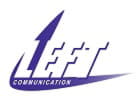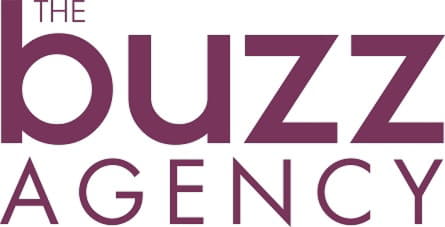
Kris Henry is a principal at Troy Business Group
Operating a small business often requires the adaptation of new equipment and technology to increase production and productivity, but these costly investments can put a strain on your cash reserves and flexibility. With this in mind, more businesses are opting to lease new equipment rather than taking a loan or tapping their working capital to finance them.
Before definitively deciding to lease or loan your equipment, it’s important to understand your needs and the various options available.
Equipment loans are used to finance the purchase of a desired piece of equipment.Once you become the owner, you will end up paying back the loan amount along with stipulated interest over a pre-agreed period of time through monthly installments.
On the other hand, an equipment lease is a long-term arrangement for the purpose of renting out equipment. Here, the ownership of the property remains with the leasing company, while the physical goods are in the hands of the lessee. Once the full payment has been made, the company or individual have the option to take over the legal ownership of the equipment.Until the full payment has been made, the title of the equipment remains with the leasing company.
The five most common equipment leasing include the following types:
The $1 Buyout Lease
This kind of capital lease is deemed to be ideal for those borrowers who want to purchase the requisite equipment but want to spread out the overall cost. Typically, they want to make these payments monthly or quarterly instead of dealing with a very large lump sum amount at the end of the term.
A typical dollar buyout may work well for some high-cost industrial machinery, but not for low-cost equipment.This is because its overall interest size is deemed to be amongst the highest compared to various lease types, with interest rates between 6 to 15 percent.
This type of lease is typically classified under a medium tax heading, meaning a maximum of $500,000 of the overall cost of machinery or equipment may be deducted in the firstyear of the lease. The equipment acquired and the lease itself will become part of the balance sheet of the company.
10 Percent Option Lease
In terms of the overall size of the monthly installments, this capital lease is ideal for anyone who wants to acquire machinery and equipment butisnot sure that they intend to change at the end of the expiry of the lease term. The individual taking the lease has to keep in mind the fact that the monthly payments would be medium sized while the interest rates would be approximately 7 to 16 percent.The overall tax treatment is the same as the $1 buyout lease.
At the end of the termthe lessee would still retain the option of an outright purchase.The corresponding monthly payments would be lower, and the equipment and the lease itselfwill also show up on the balance sheet.
Fair Market Value Lease
This is an ideal lease option for people and businesses who have theintention of changing the equipment at the end of the term or the equipment has a very small shelf life (due to high depreciation rates of rapid changes in technology). However, it is not actually considered to be a capital lease, but an operating lease. This means that the interest charges are variable and have very high long-term costs involved.
In terms of overall tax treatment, only monthly rent payments may be deducted as the company’s operating expenses. This means that the equipment as well as the lease itself, will not be portrayed on the balance sheet. The usual term for any Fair Market Value Lease ranges from one to five years.A key advantage of this lease is that it typically has a fixed monthly payment.
10 Percent PUT Lease
This is a great option for all businesses that intend to purchase the equipment at the end of the lease term, but still need a lower payment than the ones that the $1 buyout or 10 percent option leases offer. The monthly payments are medium sized with an interest rate of around 7 to 16 percent.
TRAC Lease
A TRAC lease is suitable for the purchase of vehicles and similar equipment. This makes it perfect for all those who require a certain amount of flexibility in deciding how much they would have to pay once the lease term ends. The average monthly payments of this lease option vary, but they are considered to be medium.
Unlike the other lease types, the TRAC lease is classified as either a capital or an operating lease with an interest rate around 6 to 12 percent. In tax matters, its treatment will depend on whether the lease is classified as either an operating or a capital expense.
Clearly there are many options you and your small business have when choosing which equipment lease best fits your needs. At the end of the day, it comes down to if you intend on buying the machinery at the end of the lease period, or not, and what percent interest you’re ready to pay.
Kris Henry is a principal at Troy Business Group, a small and midsized business funding organization and consultancy headquartered in Miami, Florida. Learn more at troygrp.com.


